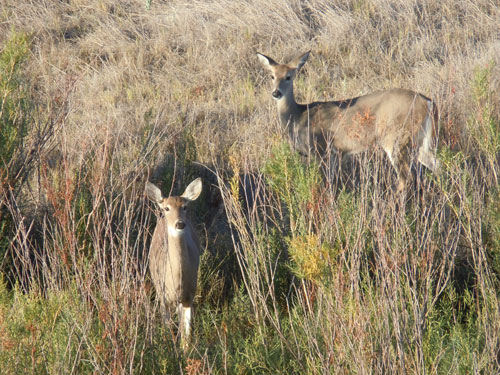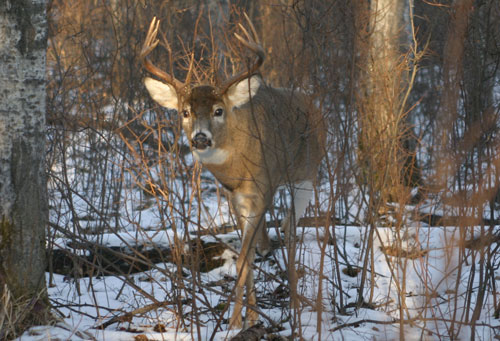 Like many of you, I hunt other game as much as I pursue predators. At the top of the list are deer, both whitetails and mule deer. Although predators have always played a role in prey species management, the dynamics have been changing in recent years and if you’re a whitetail deer hunter it’s time to sit up and take notice.
Like many of you, I hunt other game as much as I pursue predators. At the top of the list are deer, both whitetails and mule deer. Although predators have always played a role in prey species management, the dynamics have been changing in recent years and if you’re a whitetail deer hunter it’s time to sit up and take notice.
According to fawn recruitment rates as reported in the Quality Deer Management Report for 2012 (www.qdma.com), the U.S. average fawn recruitment rate declined “significantly” from 200 to 2005 and again from 2005 to 2010. “On average it took two does to recruit three fawns in 2010.”
As you might surmise the highest recruitment rates were in the Midwest with states such as Iowa and Wisconsin sporting rates with 1.30 fawns per adult doe and 1.07 fawns respectively. Unfortunately, some states in the North and East haven’t been seeing the same success in fawn survival. Michigan has a grim 0.39 fawns per adult doe recruitment and Rhode Island was only 0.40.
There are a multitude of factors that dictate this rate, but one that can’t be ignored is the fact coyotes are now found across the whitetail range. They’re having a significant impact and several studies in the Southeast point a finger directly to coyotes as the culprit for poor fawn recruitment. The entire Southeastern average for fawns per doe was 0.89 in 2000 and dropped to 0.60 for 2010. In fact for every region the recruitment rate dropped except for the West where a whitetail rate wasn’t available.
If you’re concerned about keeping a balance on your hunting property, whether your own it or simply acquire permission via a handshake, you need to monitor coyote density. You also need to consider predator management as more than just a weekend outing. Spring is one of the best times of the year to accomplish that goal and professional predator control officials can vouch for this fact. Coyotes are more vulnerable due to their territoriality, den defensiveness, need to feed pups and instinct to protect pups. You can use a variety of calls to trigger coyote interactions.
But if you have a real coyote problem and need to handle it for positive deer management goals, trapping will likely be required. In any case, coyotes are having a negative effect on whitetail deer populations and the spring window is a good time to put the hammer down before another fawn becomes a coyote appetizer.







